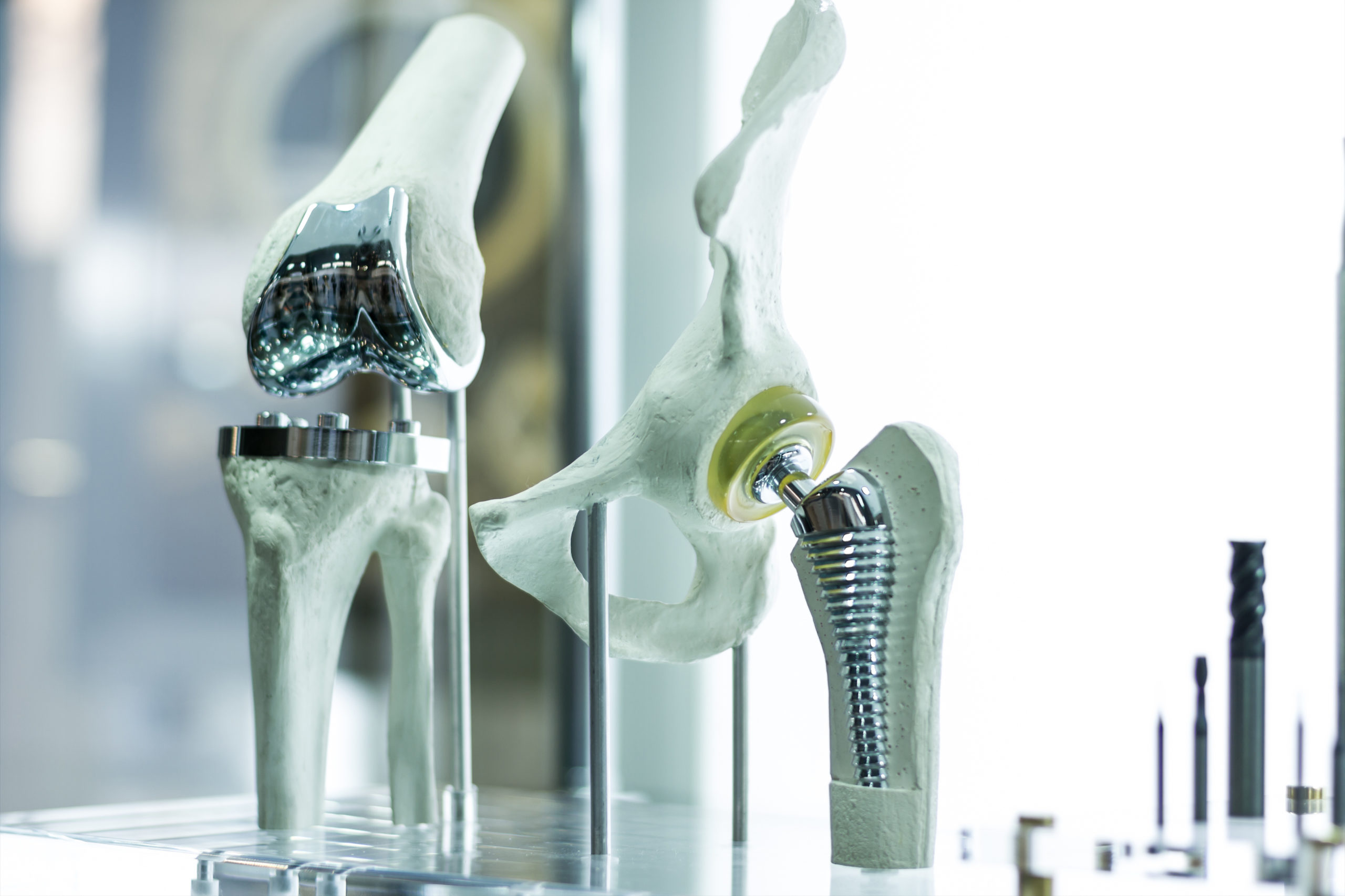Dr. Christoper Wise, M.D. is one of eight orthopedic trauma surgeons in the Kansas City metro.
Trauma Surgeon Christopher Wise, MD, sees the worst of what happens to people after a car accident, a fall or other catastrophic emergency. He’s the surgeon who mends a pelvic fracture or puts back the broken pieces of a fractured joint.
Unlike other surgeons, Dr. Wise is often called to emergency situations where he doesn’t have the luxury of time to optimize someone’s health before surgery. “What I see is not a planned situation so we go with what we are presented,” he explains.
Not all of Dr. Wise’s patients come through the emergency department. He also frequently receives referrals from other orthopedic surgeons with patients whose injuries never healed, became infected or whose injury was beyond the capabilities of a general orthopedic surgeon.
Dr. Wise is one of only eight surgeons in the metro area with the expertise to do such delicate surgery as a fellowship-trained trauma surgeon. “Orthopedic trauma surgery is a difficult field that involves working with very sick people with very complex injuries,” he says. “It’s not a 9 to 5 job, but I find it very rewarding.”
As a Level II trauma center and some of Kansas City’s busiest emergency departments, it’s essential for North Kansas City Hospital and Centerpoint Medical Center to offer the services of someone like Dr. Wise so patients can receive lifesaving care without being transferred.
In his five years as a trauma surgeon, Dr. Wise says X-ray technology has evolved to allow surgeons to do more minimally invasive surgeries with less risk and a quicker recovery for the patient. “X-ray guidance is helping us do some surgeries now with smaller incisions and less impact to surrounding tissue and muscle,” says Dr. Wise, who sees patients at the office of Orthopedic Health of KC.
Another advanced area is for patients facing an amputation. Dr. Wise credits literature and research for giving surgeons valid data to help them decide which patients are most appropriate for an amputation and which are candidates for surgery to try and save their injured limb. “It used to be when someone came in with a badly mangled leg with no feeling we thought amputation was best. Now, we have a better understanding with sound data to help us make better judgments.”


